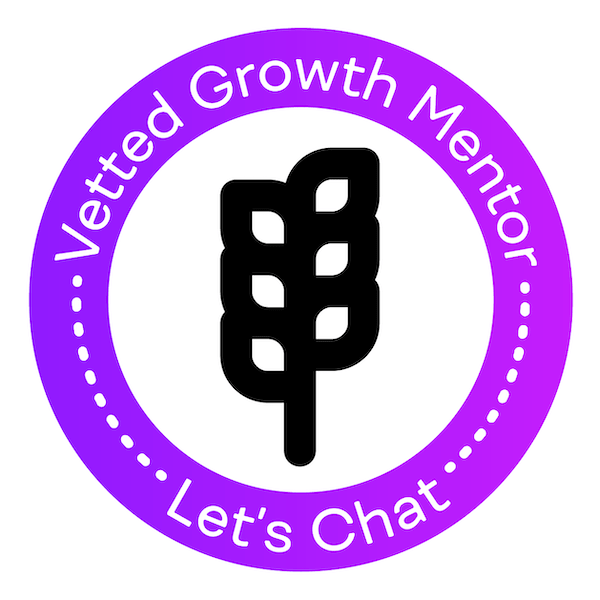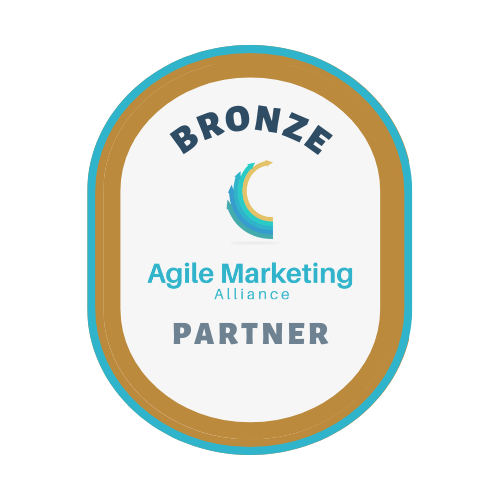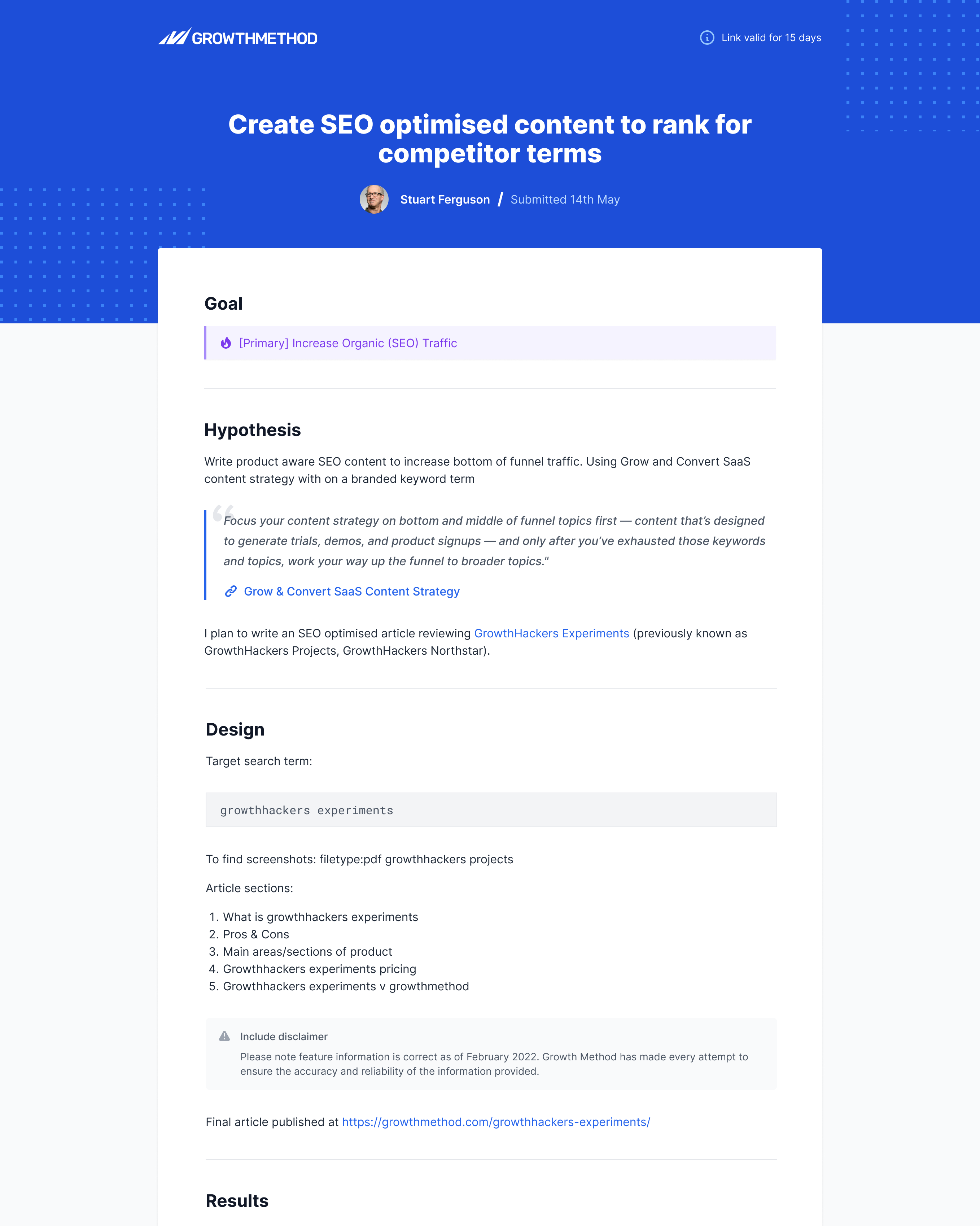The RICE framework: a prioritisation for growth marketing
Article originally published in February 2022 by Stuart Brameld. Most recent update in October 2023.
Request a demo
Project management for growth and agile marketing professionals. Map your acquisition funnel, integrate analytics and run agile experiments.
Experiment results
Recent experiments results include competitor SEO, AI-driven content, exit-intent modals and AB testing homepage headlines.
Case study
"We are on-track to deliver a 43% increase in inbound leads this year. There is no doubt the adoption of Growth Method is the primary driver behind these results."
![]()
Certified
We are vetted mentors with Growth Mentor and a partner with the Agile Marketing Alliance.
What is the RICE framework?
The RICE framework, or RICE score, is one of a number of prioritisation frameworks used by growth marketers to identify high impact marketing experiments.
Prioritisation frameworks are used by product teams, growth teams and marketing teams to prioritise high-impact work and projects. These frameworks take into consideration a number of factors in order to generate a score, which can be used to evaluate the priority with which different tasks should be undertaken.
“Growth is a function of maintaining a cadence of testing, and keeping the team focused on the best opportunities for that testing”
Sean Ellis
Prioritisation Frameworks
There are a number of prioritisation frameworks, or scoring frameworks available to modern growth teams and marketing teams. The most popular frameworks along with their individual scoring factors are shown below.
| Framework | Developed by | Scoring factors |
|---|---|---|
| RICE | Sean McBride at Intercom | Reach, Impact, Confidence, Effort |
| ICE | Sean Ellis at GrowthHackers | Impact, Confidence, Effort |
| PIE | Chris Goward at WiderFunnel | Potential, Importance, Ease |
| HiPPO | n/a | Highest paid person’s opinion |
| BRASS | David Arnoux at Growth Tribe | Blink, Relevance, Availability, Scalability, Score |
| HIPE | Jeff Chang at Pinterest | Hypothesis, Investment, Precedent, Experience |
| DICET | Jeff Mignon at Pentalog | Dollars (or revenue) generated, Impact, Confidence, Ease, Time-to-money |
| PXL | Peep Laja at CXL | Above the fold, noticeable within 5 sec, high traffic pages, ease of implemention and more. |
The frameworks include a number of factors that combine to produce a numeric score – the higher the score, the higher priority, and the earlier the experiment should be done. The end result for growth marketers and growth marketing teams being a prioritised to-do list of the best opportunities to test.
Introducing the RICE score
The RICE framework was first introduced by Sean McBride, a former product manager at Intercom. The framework adds an additional ‘Reach’ factor to the traditional ICE framework. Scoring is therefore based on Reach, Impact, Confidence and Effort.
- R = Reach
- I = Impact
- C = Confidence
- E = Effort
- Score = (R x I x C) / E
| Factor | Description |
|---|---|
| Reach | How many people will this affect within a given period? Depending on your team or company goal, this could be the number of new visitors per month, or subscribers per quarter, or quote requests per year. |
| Impact | How much impact will this have on individual users? For example, how much could this change impact the quote request conversion rate? This is measured on a multiple choice scale: Massive impact = 3x High impact = 2x Medium impact = 1x Low impact = 0.5x Minimal impact = 0.25x |
| Confidence | What level of confidence do you have in your estimates? Do you have data to backup your prediction? Have you done something similar before, or know someone else that has? High confidence = 100% Medium confidence = 80% Low confidence = 50% |
| Effort | The total amount of time (typically in days) a project will require to make live. This should include any other teams that may need to be involved before it is launched – development, engineering, product marketing, product management etc. |
Calculating a RICE Score
The final RICE score is calculated using the following formula:
(Reach * Impact * Confidence) / Effort

A RICE framework example
As an example, let’s apply the RICE model to this article. Based on AHREFS data, the term ‘rice score’ receives about 300 searches/month in the UK, and over 3000 globally.
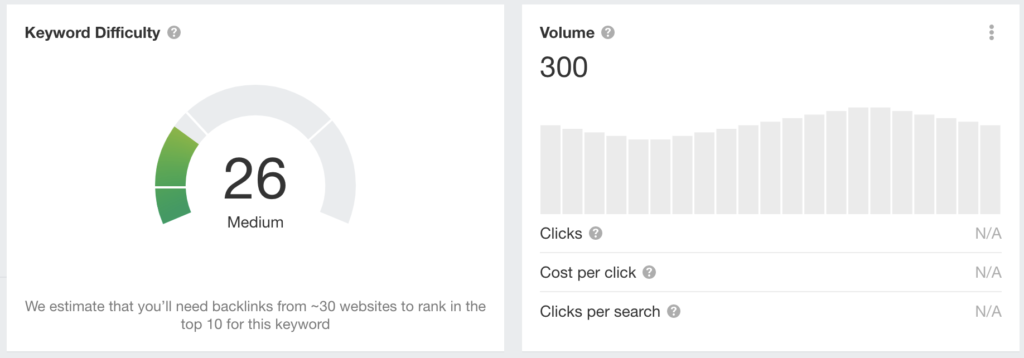
It’s a middle-of-funnel term for us, as people searching for it are likely growth marketers that are looking into prioritisation models.
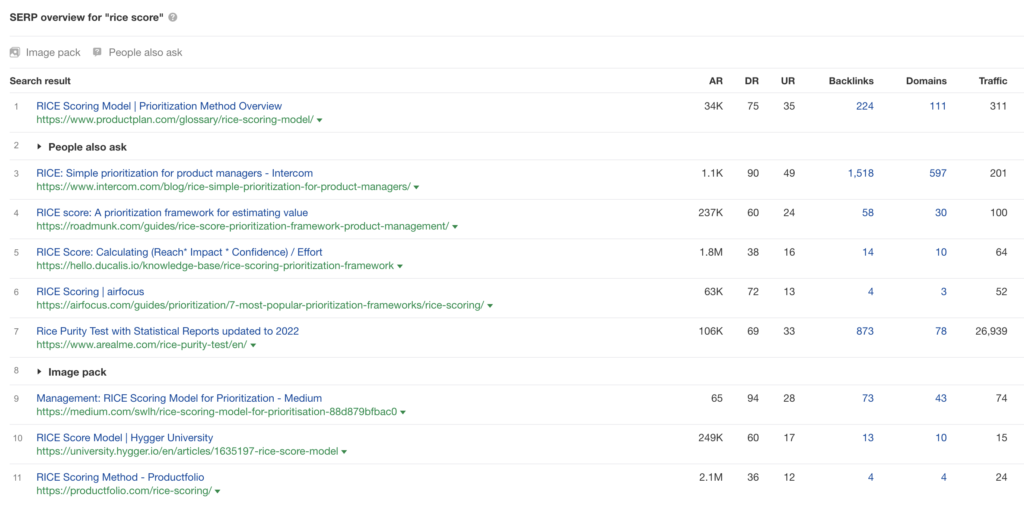
We can see the top search results, with traffic ranging for 15 to over 300 views per month on page 1, although clearly many of these domains have far higher domain authority than us.
Using the RICE framework the team scored this idea as follows:
- Reach – we estimate 100 people within our 6 week experiment cycle. We’re a new site at this point, so unlikely to outrank the likes of Intercom.
- Impact – 1, or medium. It’s a bottom-of-funnel term.
- Confidence – 80% (or medium. We have a reasonable amount of SEO and ranking experience, hence are reasonably confident of the above.
- Effort – 0.5, as this will take well under a month, probably more like a day
So, we end up with 50x1x0.8% / 0.5, which gives us a RICE score of 20.
RICE prioritisation in Growth Method
The Growth Method app includes the ability to prioritise marketing and growth ideas. This is currently based on the ICE (Impact, Confidence, Effort) framework that we are exploring the ability to add additional scoring frameworks (such as RICE) in addition to allowing custom frameworks.
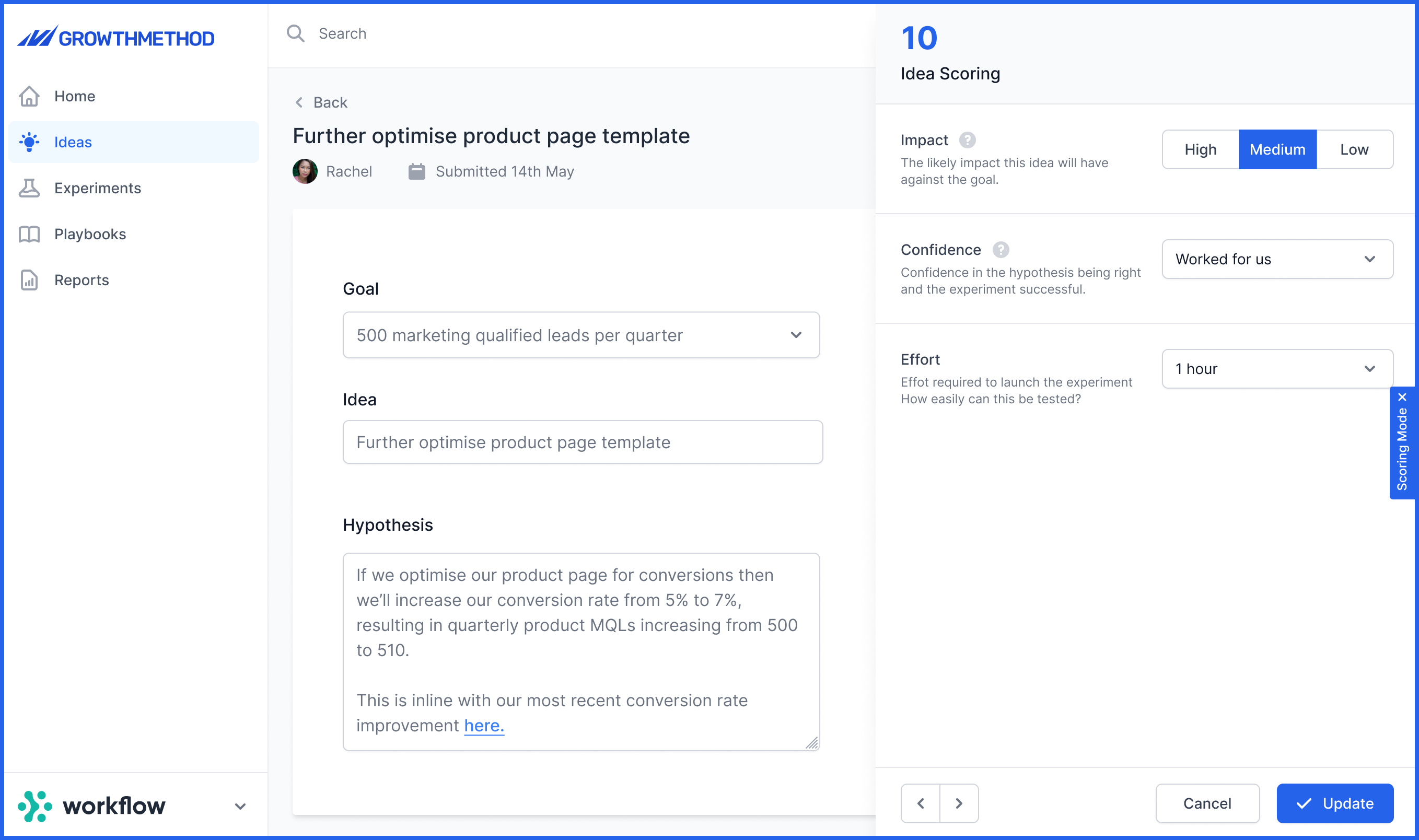
Resources
Recommended additional reading on the RICE scoring framework and prioritisation in general.
Final thoughts
For growth marketing teams, the specifics of the various different scoring frameworks, and their pros and cons matters far less than picking one and implementing it within your team.
Creativity combined with rapid iteration are the keys to making progress on user growth. Remember that you can get to 10X growth by a combination of 2Xing a few different metrics, hitting one out of the park, or getting 10% increases across the board. They all multiply together to be 10X. If you can brainstorm a lot of ideas, going for quantity over quality, you’ll have a lot of ideas to evaluate for impact versus cost.
Andrew Chen
Got questions? Ping me on LinkedIn or on Twitter.
Other articles you might like
Here are some related articles and further reading you may find helpful.
- The HIPE framework: a prioritisation framework for growth marketers
- The BRASS framework: a prioritisation framework growth marketers
- The PXL framework: a prioritisation framework for growth marketers
- The PIE framework: a prioritisation framework for growth marketers
- The HiPPO Effect: A dangerous animal in growth
